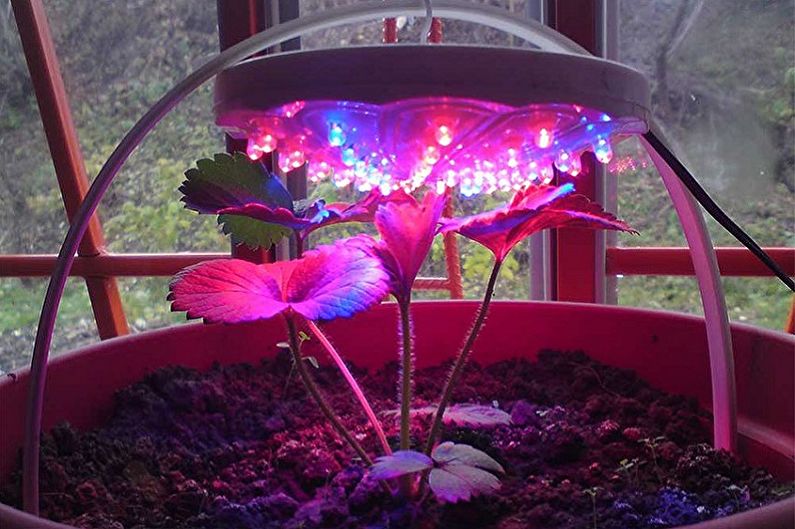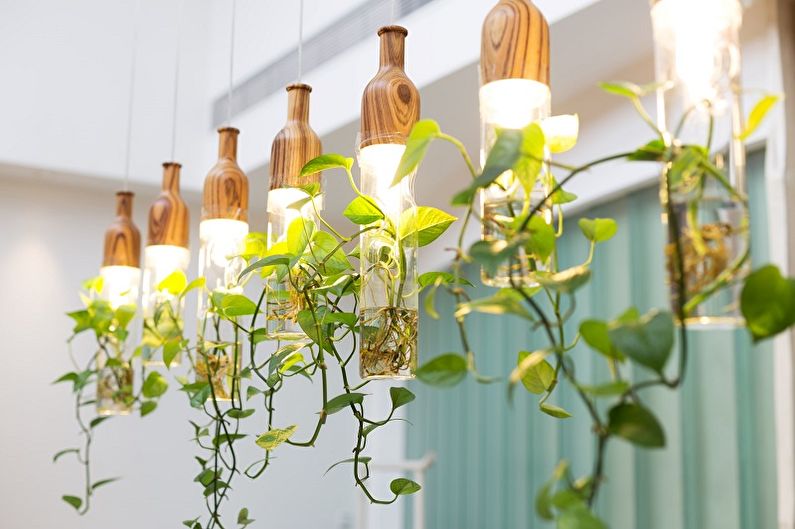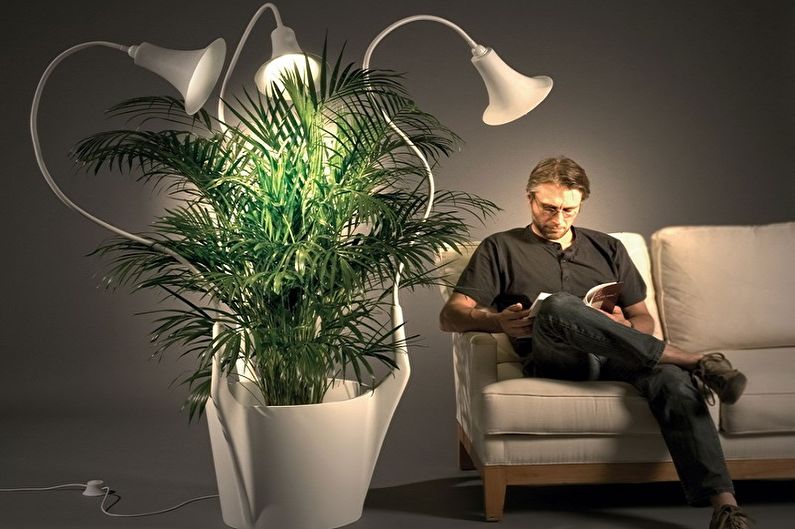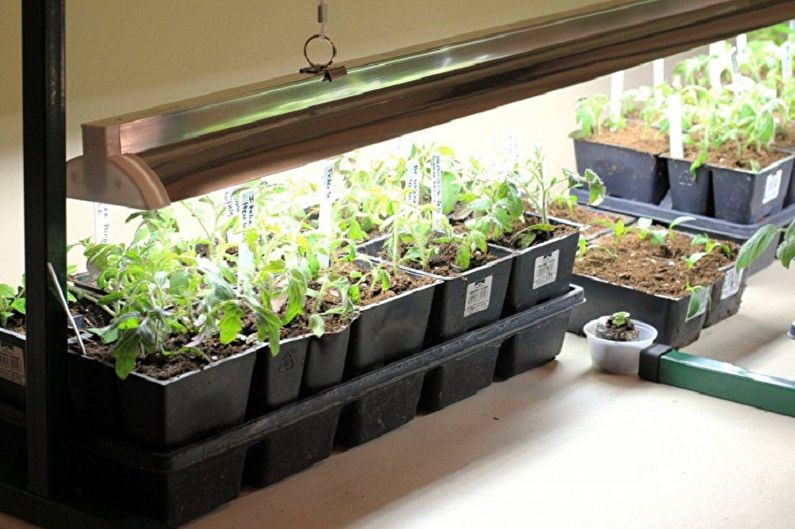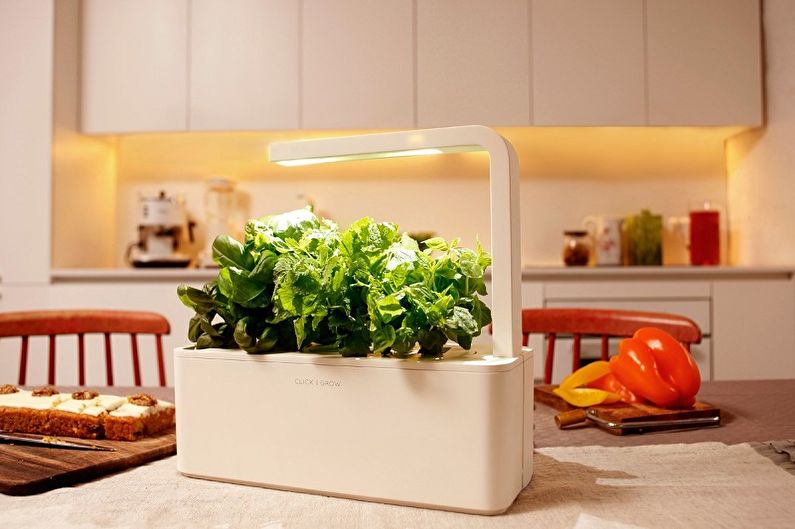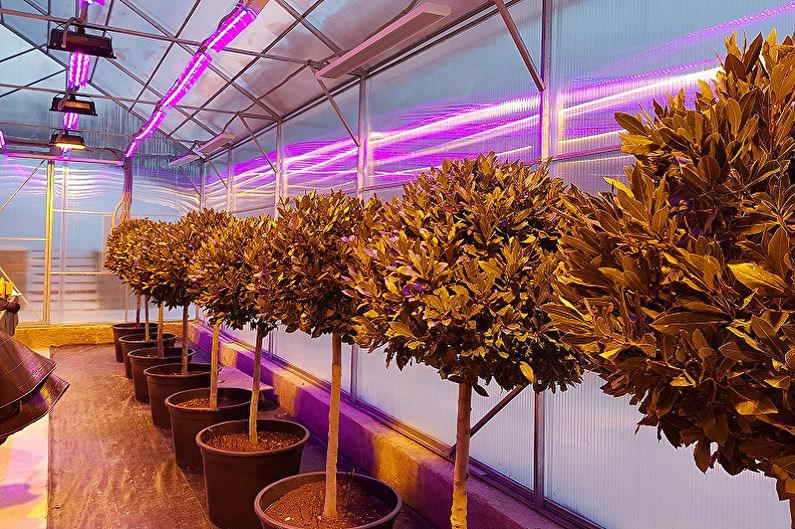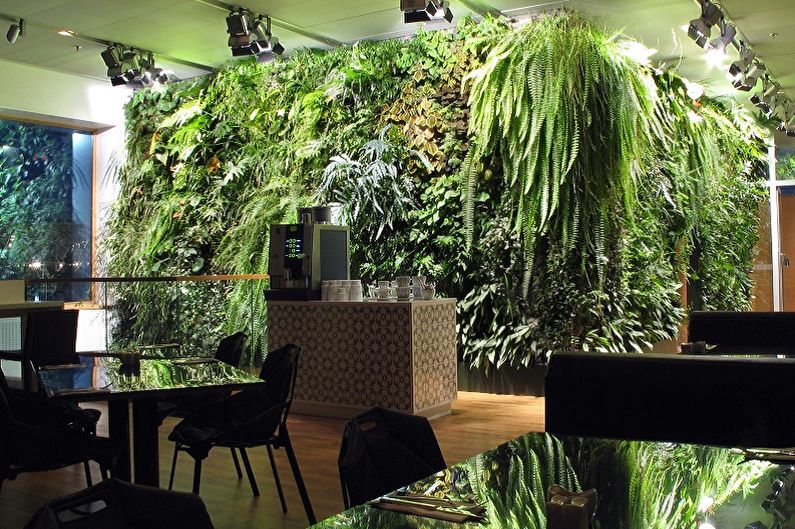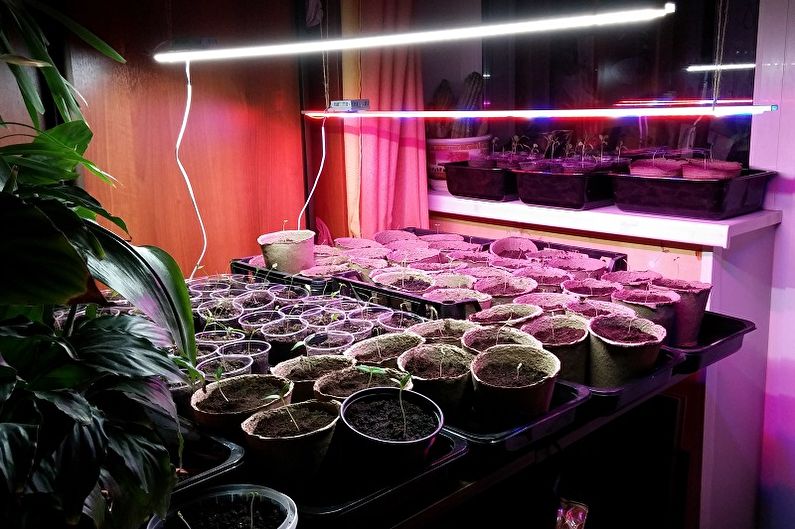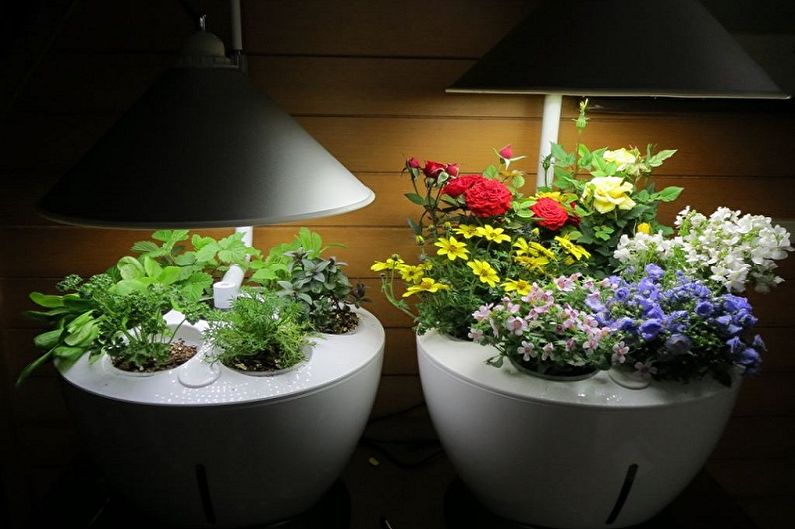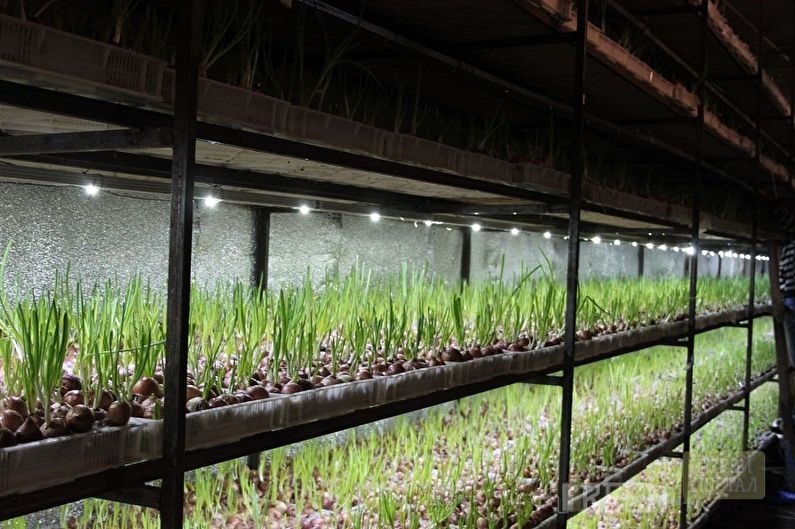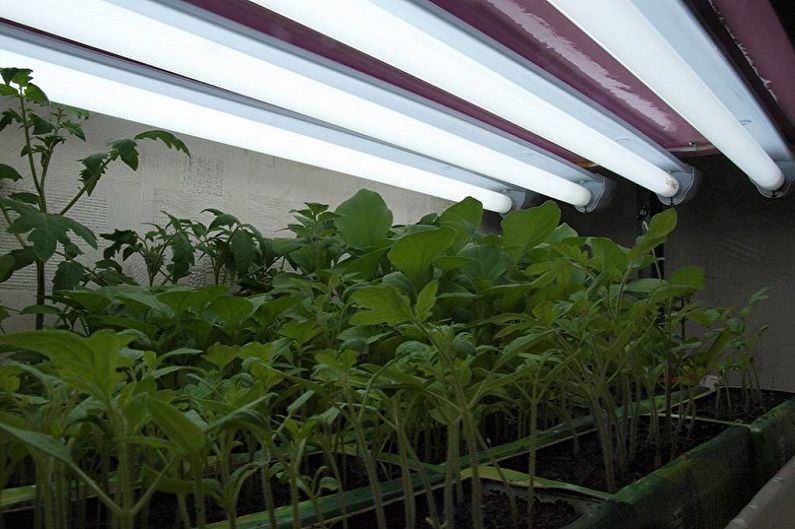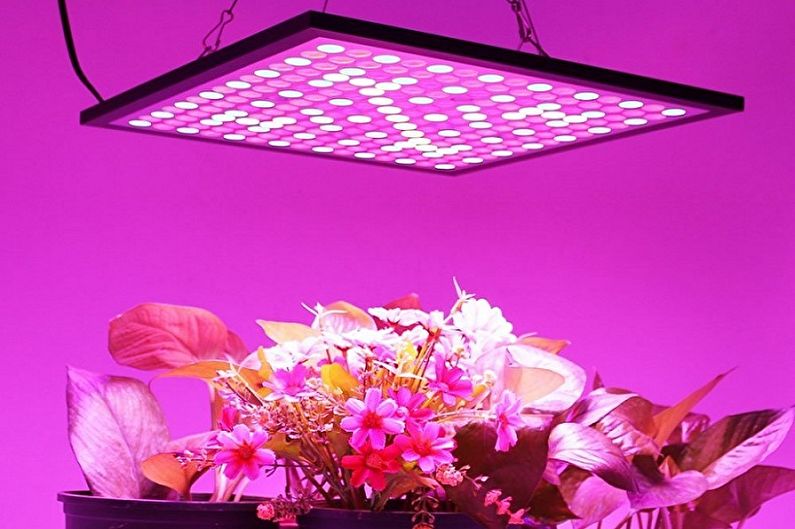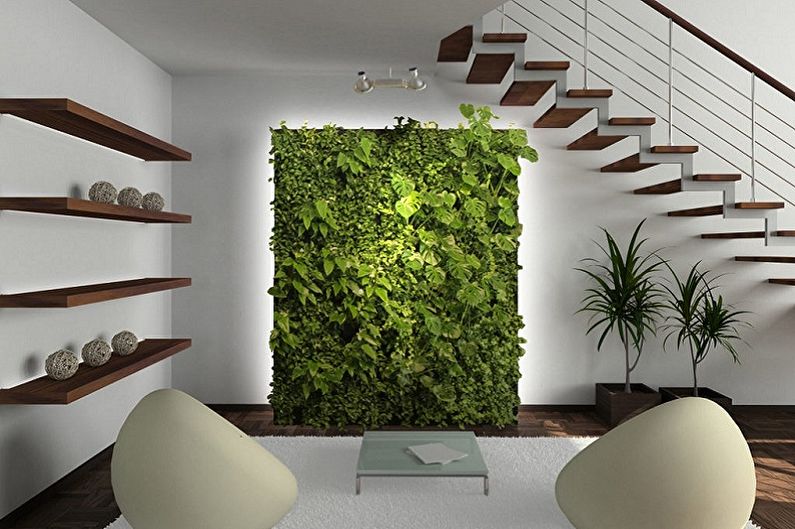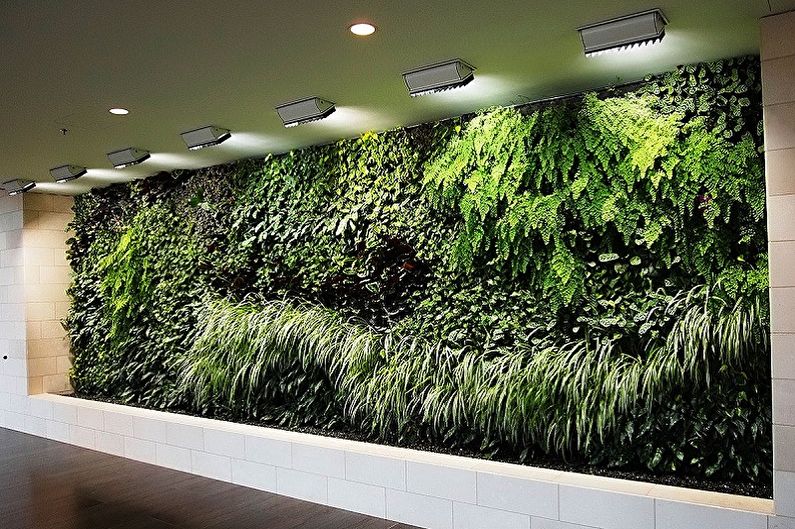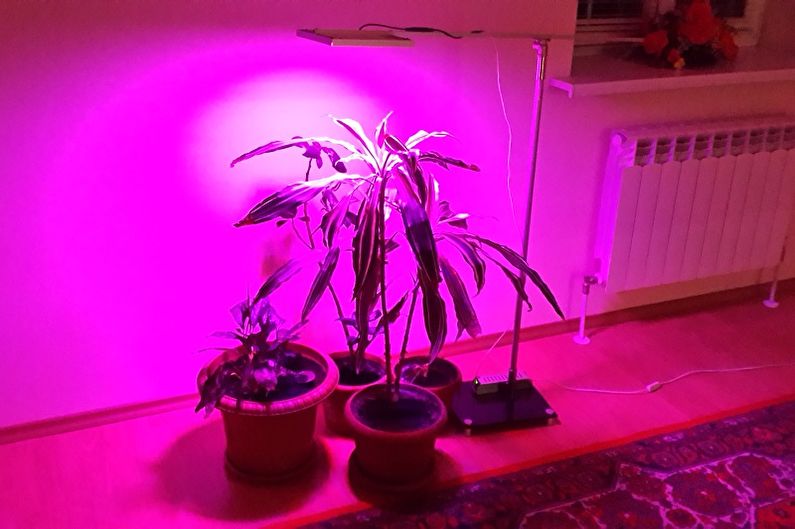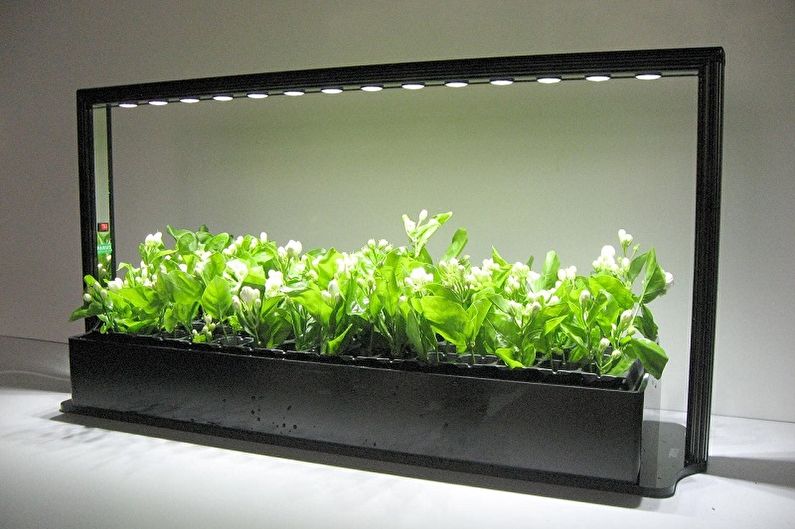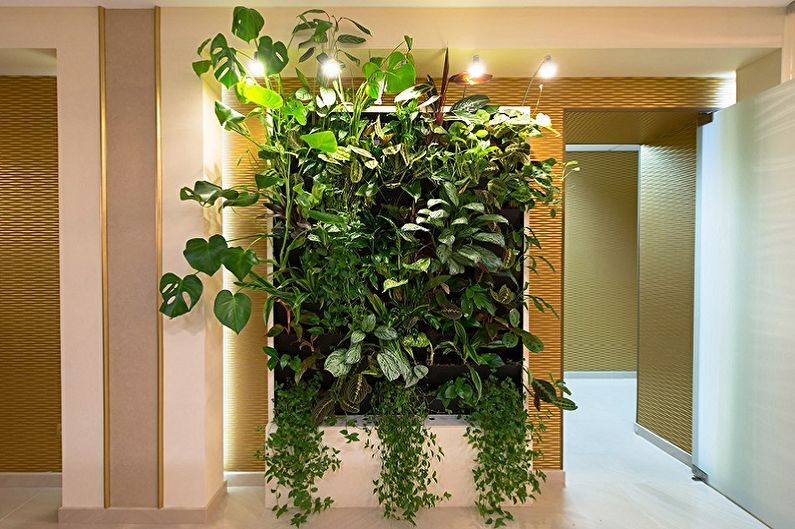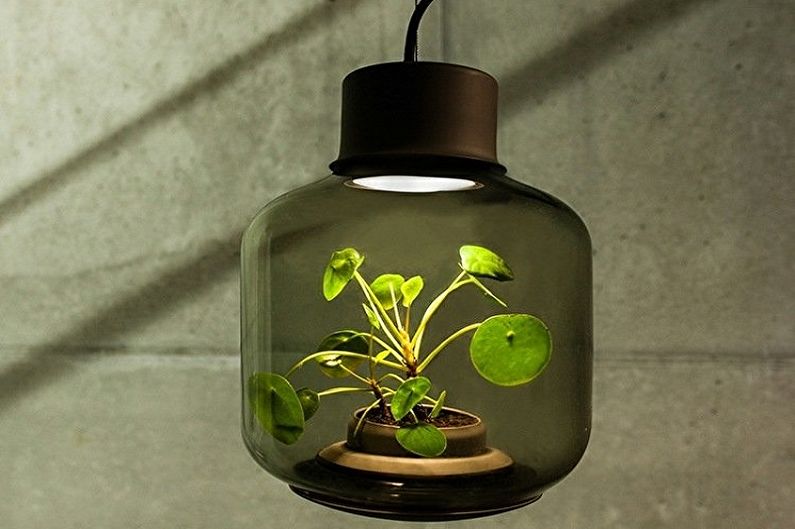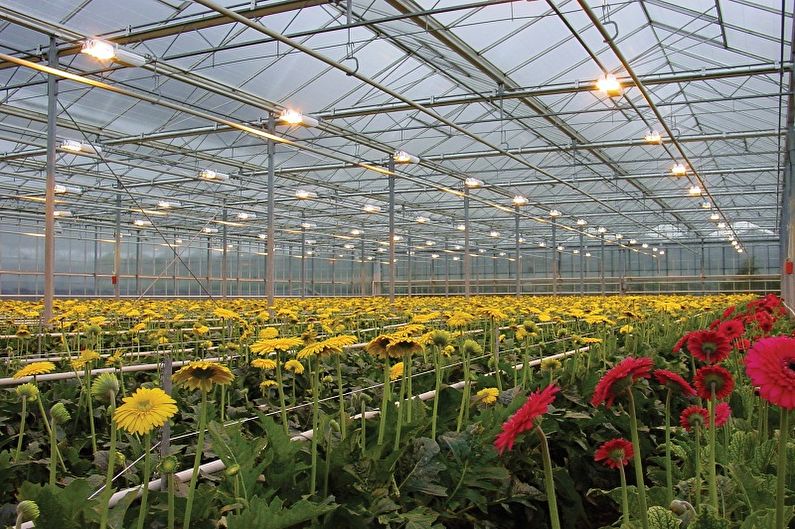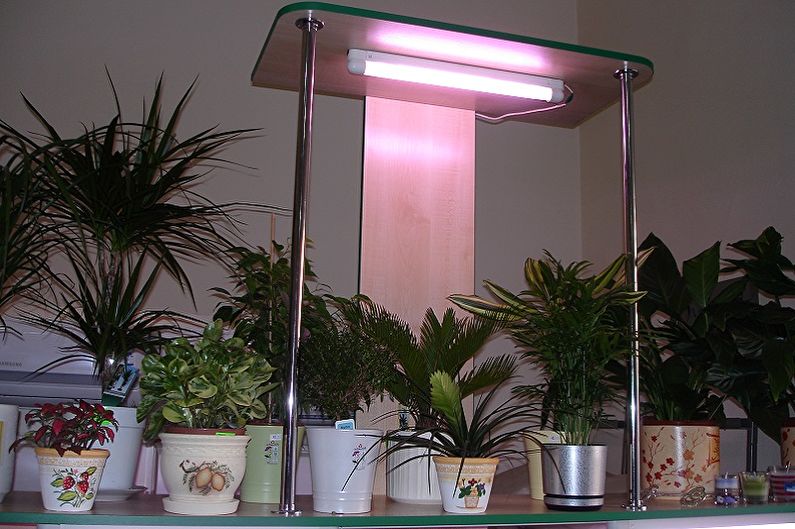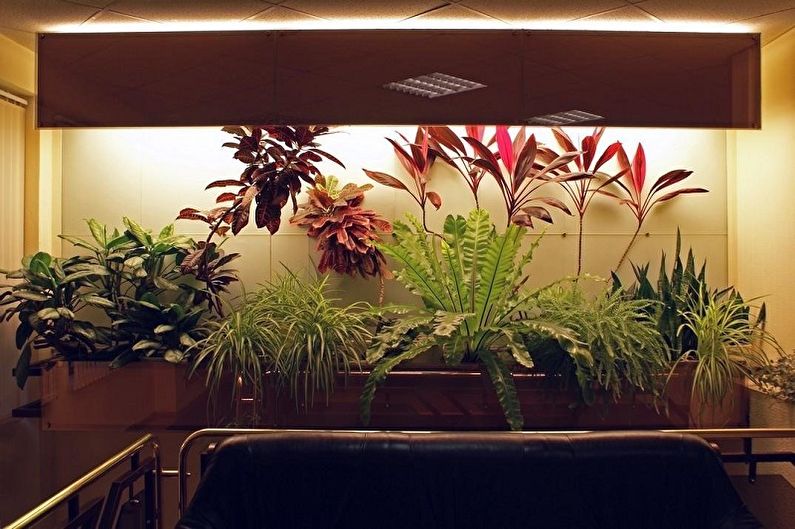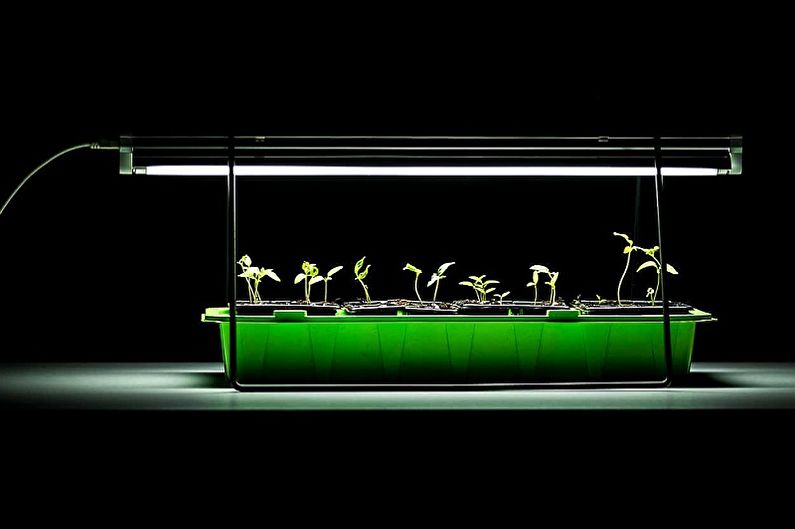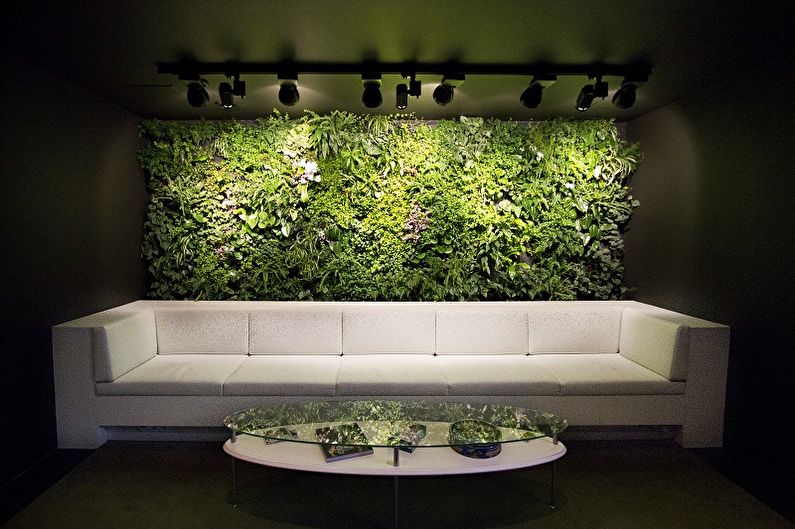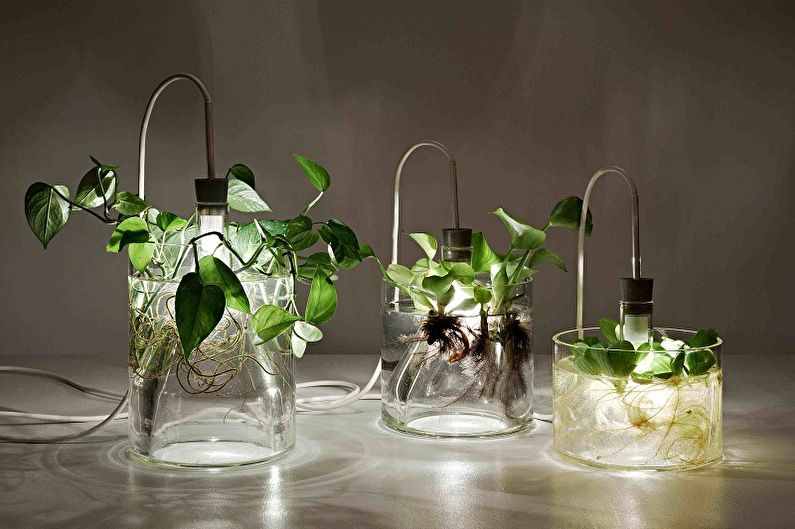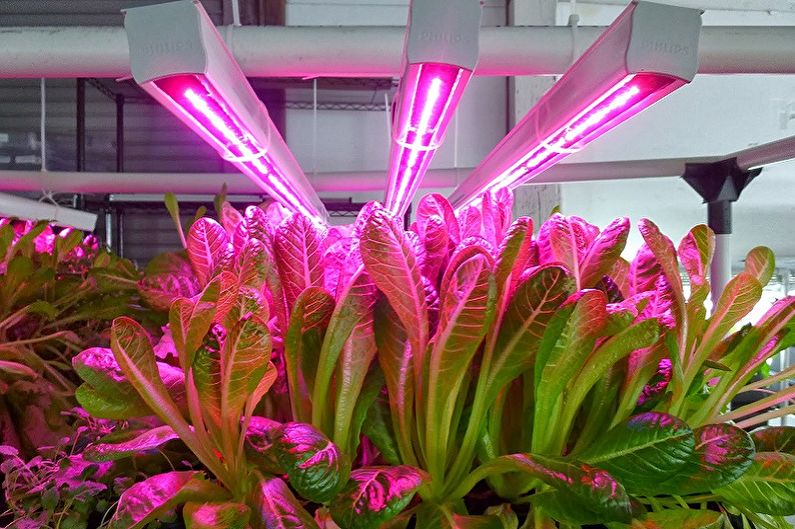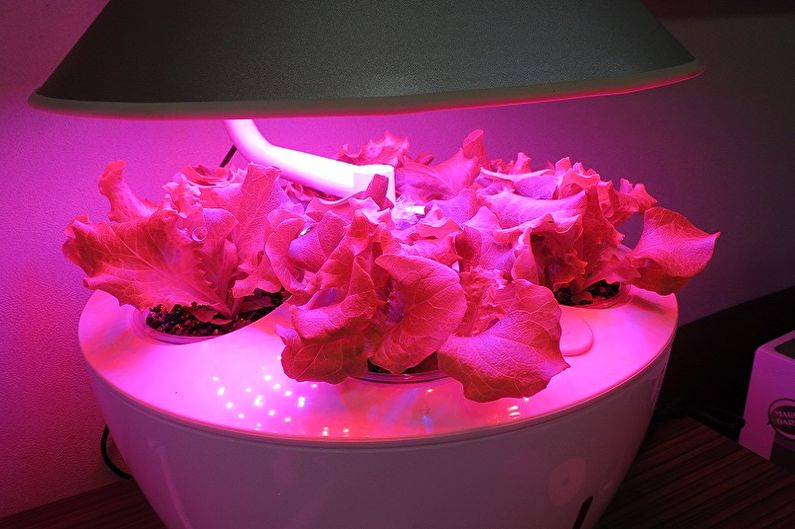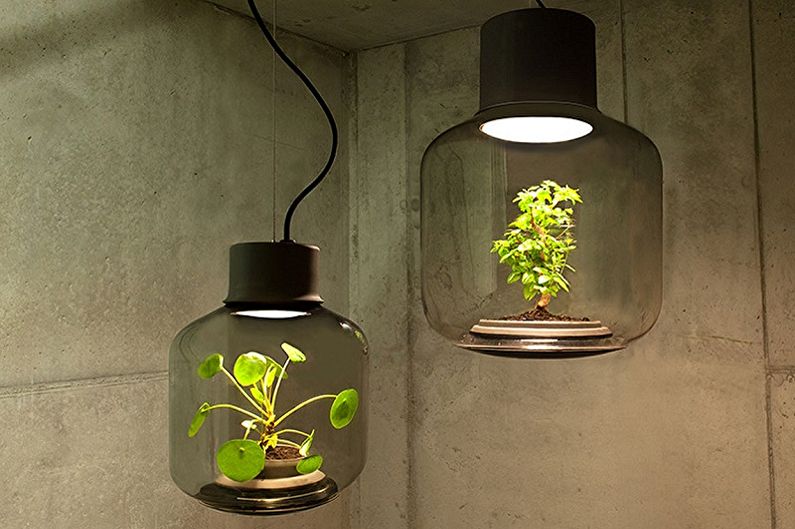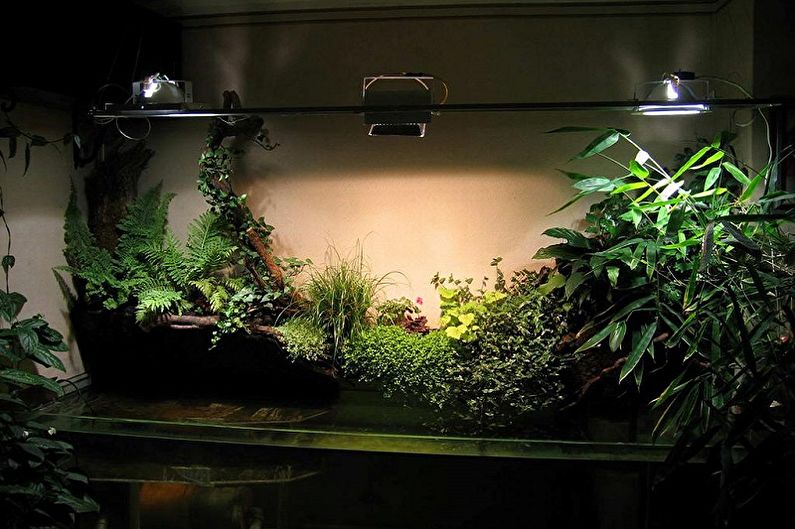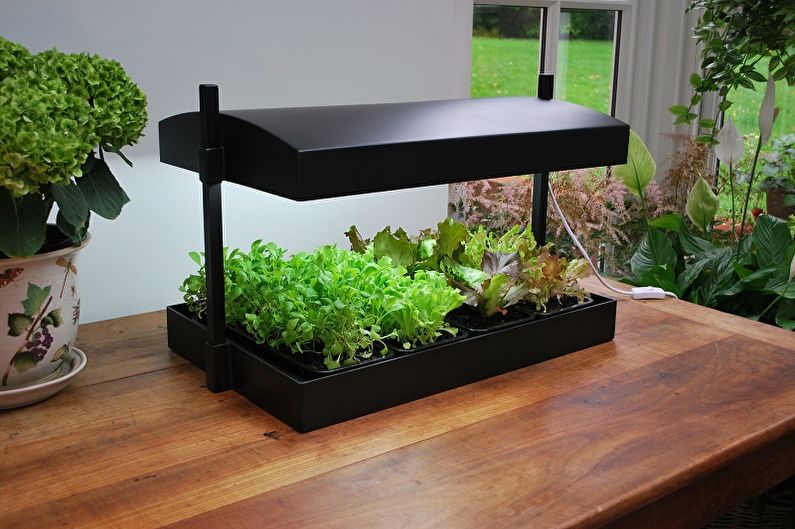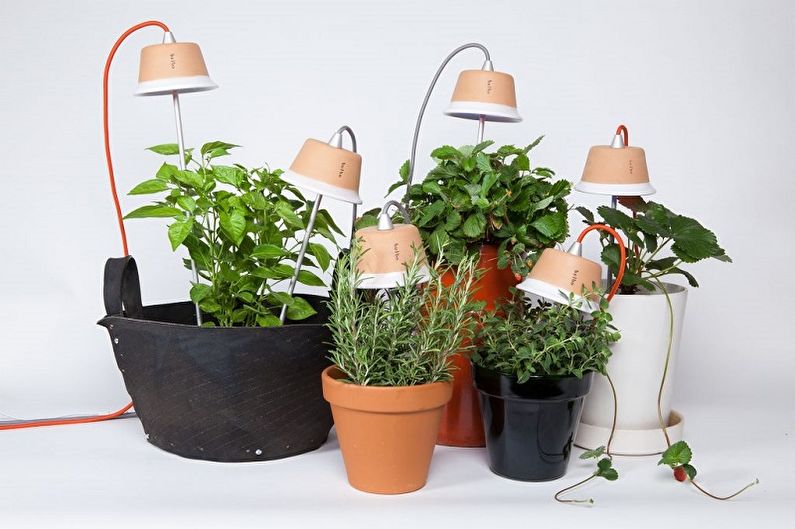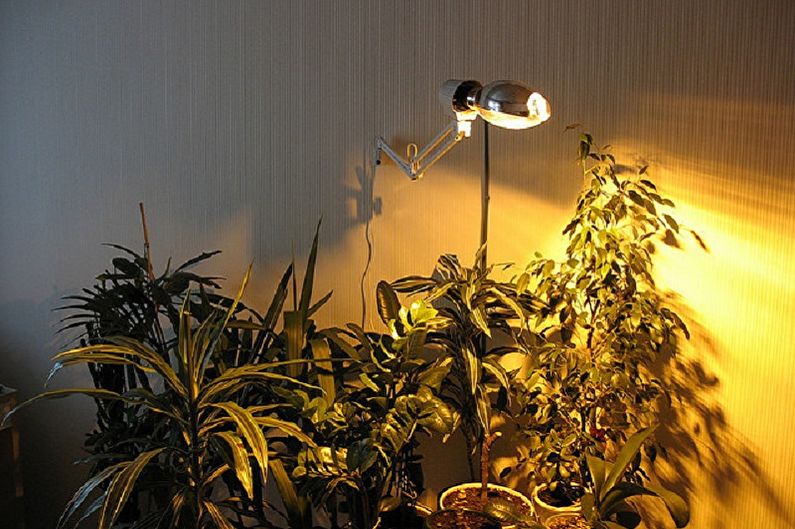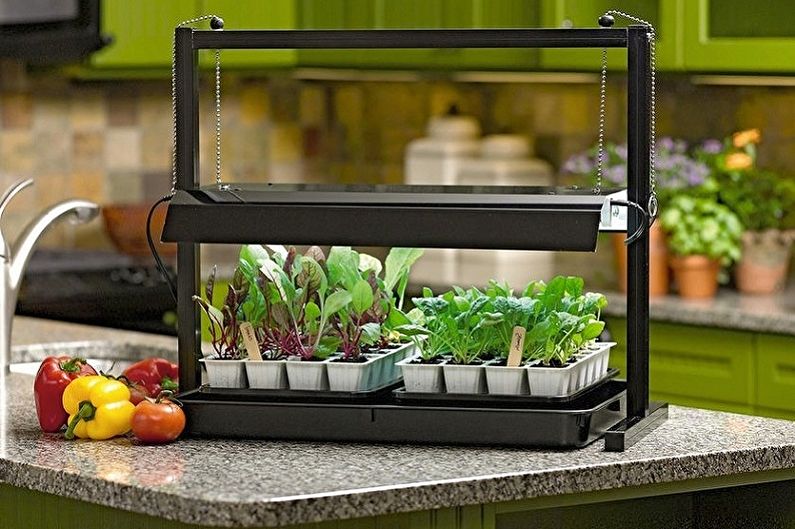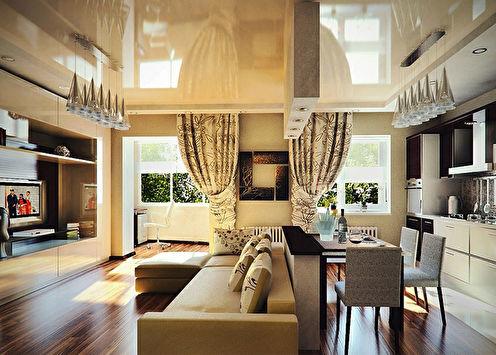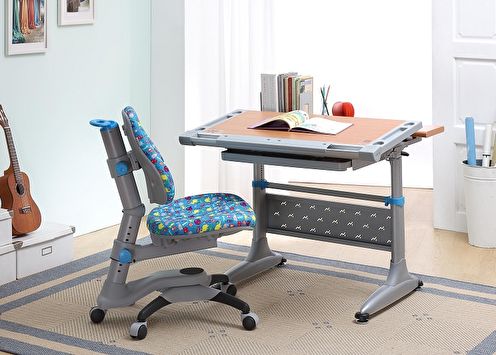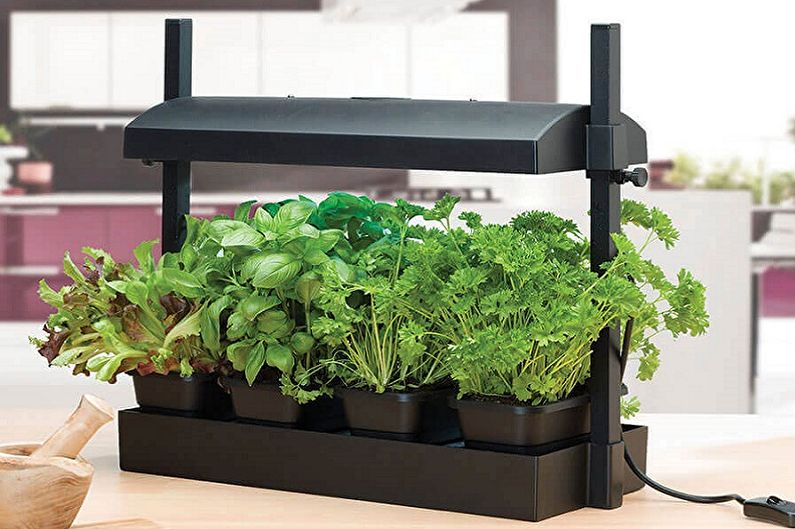
Even one look at a beautiful flower can positively affect a person’s psychological state, making the mood more calm and optimistic. This is known to those connoisseurs of beauty who have chosen the difficult but noble path of creating flora on their own. In order for the cultivation of greenhouse or indoor plants to be correct, you need to take care of choosing good lamps. It is competent supply of light that is one of the most important criteria for successful cultivation. In our article we want to acquaint you with the actual types of lamps, as well as the necessary tips for their choice.
Types of lamps for plants
Types of light supply for flora at home can be divided into separate groups of lamps, which for a long time do not lose their relevance. We will consider the most popular of them:
Incandescent lamps
This backlight option is quite budget and easy to use. But it can be considered a good choice only in the case of picky leafless plants that do not require too much light. The fact is that even halogen and neodymium species (whose bulbs are made of neodymium colored glass) do not correspond to the light output norm that most long-leaved plants need.
The combination of a simple incandescent lamp and a fluorescent lamp often becomes the ideal solution. Compounds of cold and warmer light are more optimal. It is important to remember that it is not worth placing such lighting items close to the flowers so that the plants do not get burns (due to strong heating).
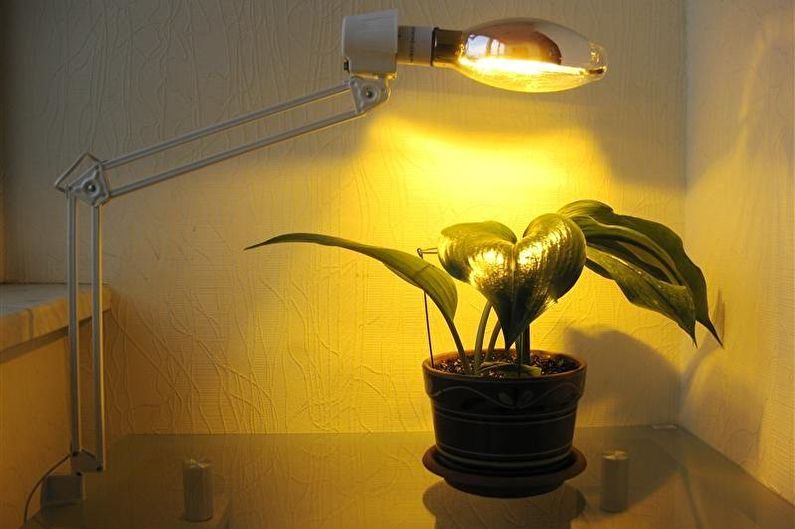
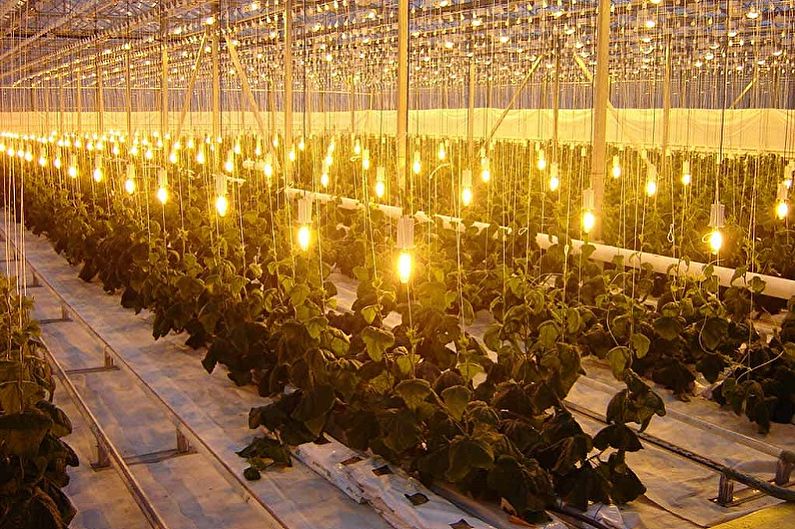
LED phytolamps
This type of lighting for plants is considered one of the best, even despite the fact that such a product is quite difficult to find in mass production (but easy to do with your own hands). Important positive characteristics include uniform heating, low power, reduced moisture evaporation (and this lengthens the intervals between watering), a harmonious combination of different color filters (due to which overlap of phytoactive areas is possible), as well as a laconic appearance.
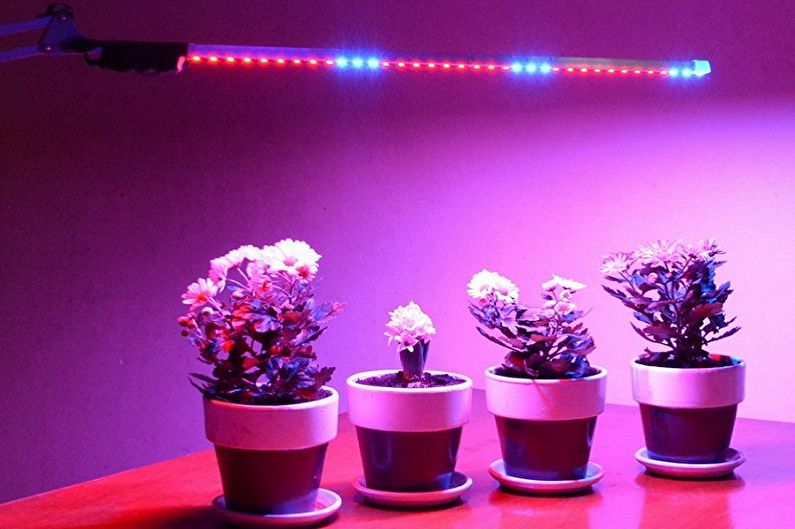
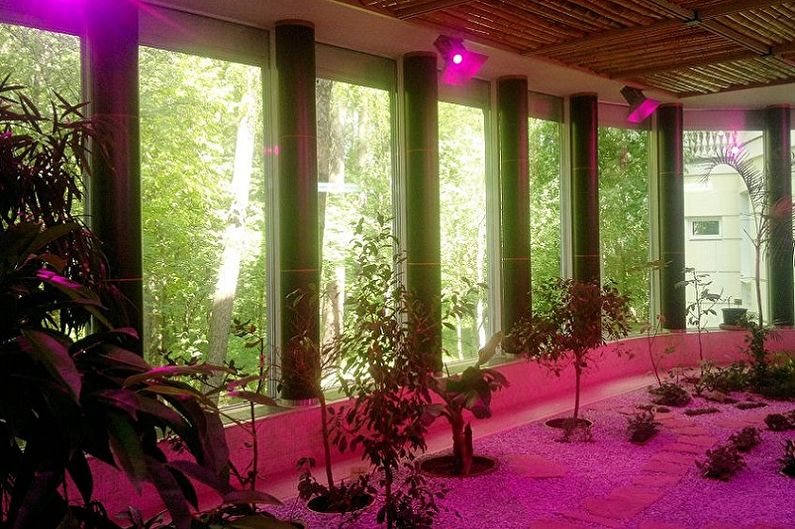
Fluorescent lamps
The main feature is the lack of heating. This will be a huge plus for growing those plants that are not adapted to temperature extremes. The most popular varieties of fluorescent lamps are products with blue rays. They positively affect the entire process of photosynthesis. An important factor for many will be great endurance. These fixtures are capable of continuous operation for twenty hours.
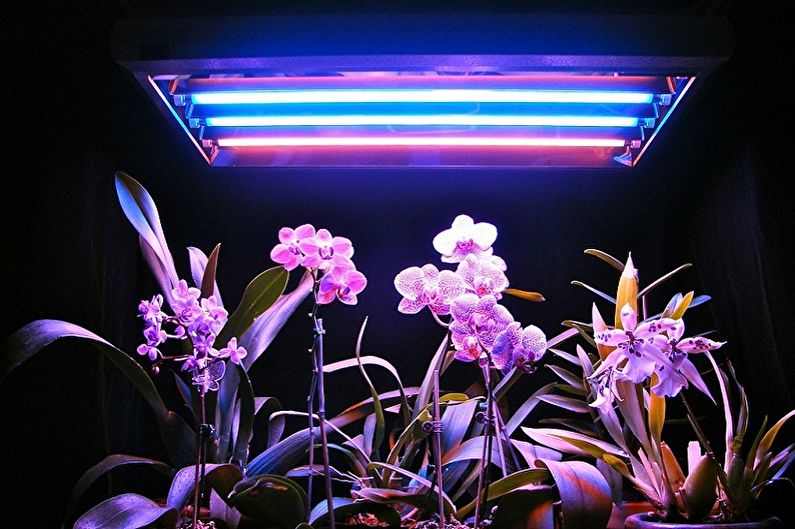
Energy-saving lamps
The design of the selected product depends on the type of glow. It can be cold (a positive characteristic for an accelerated growth rate of seedlings), daytime and warm (an important factor for the initial stage of flowering plants). The structure of energy-saving lamps is quite simple. It consists of a simple throttle. The bulb is screwed into the cartridge and is considered ready to perform its functions.
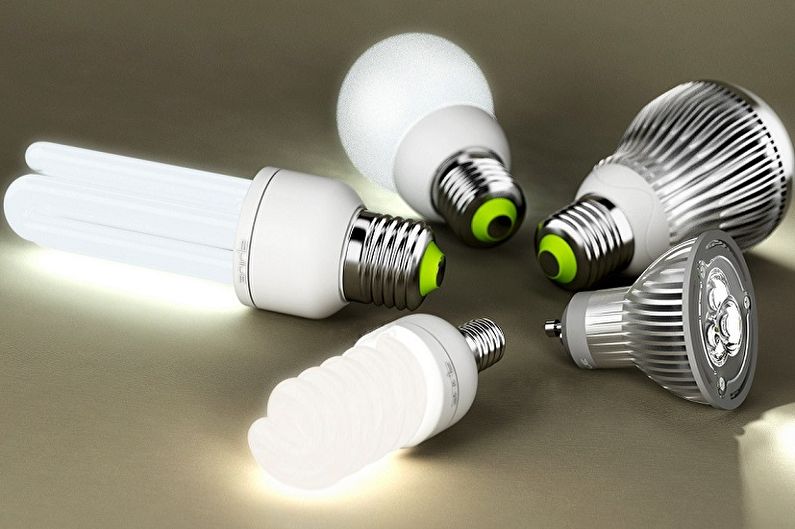
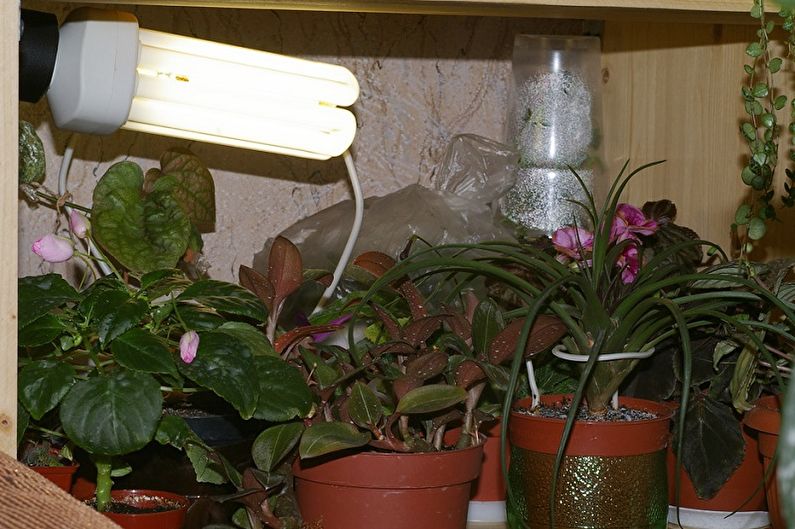
Sodium lamps
Most often, they can be seen at the base of greenhouse lighting or at a later stage of plant growth. Sodium lamps have a positive effect on the formation of leaves and colors. Young plants (using this technique) will be able to form much faster, but will have a slightly sprawling appearance.
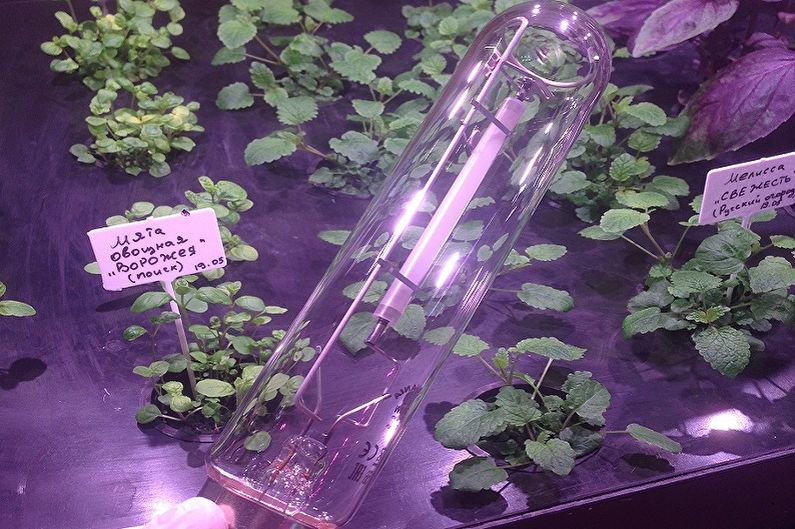

Ultraviolet lamps
Some people mistakenly think that all ultraviolet lighting products are equally suitable for growing plants. This is not true.It is worth noting that bactericidal lamps (scattering far ultraviolet) are not considered suitable for the qualitative growth of flora. They are used only in the case of herbs such as parsley and dill. Ultraviolet lamps with red, blue and purple colors are considered to have a positive effect on plant growth. It is these shades that stimulate cell division.
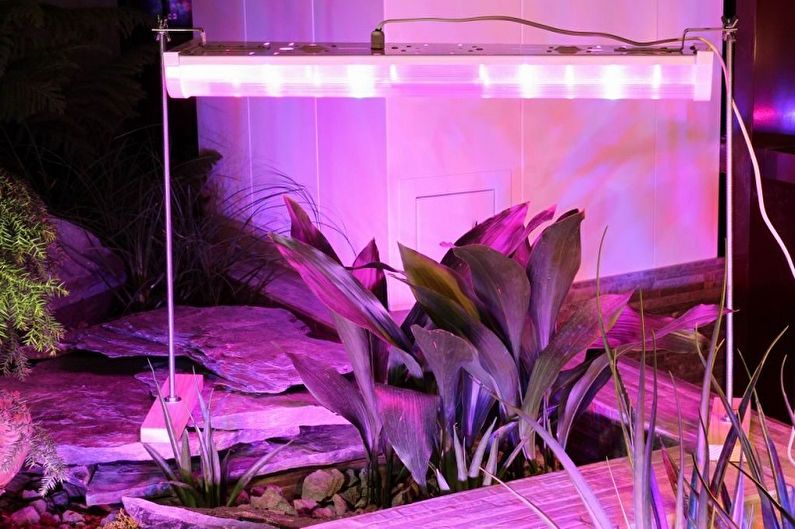
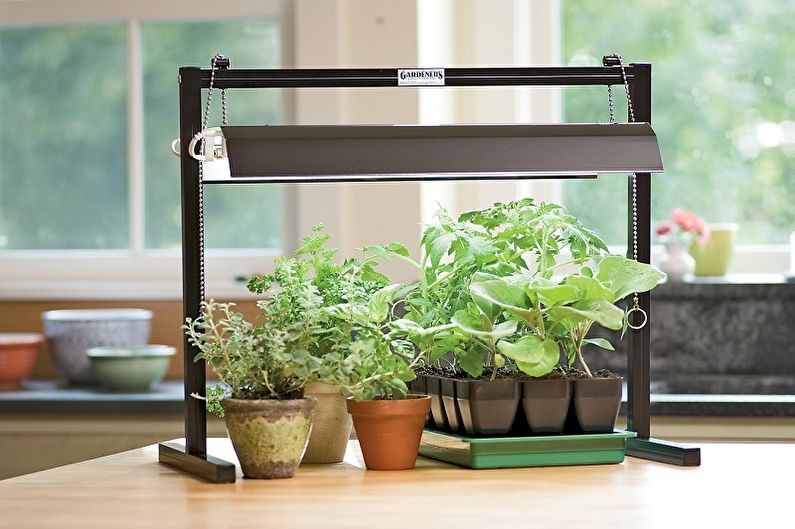
Aquarium lamp
They are suitable for creating a kind of florarium. Today, there are two main varieties of aquarium lamps. These are full-spectrum products and lamps with a blue part of contrast. The former are distinguished by a full range of lighting - their light is similar to ordinary daylight. The second ones produce blue radiation. They are advised to use for large aquariums (due to maximum penetration through the depth of water).
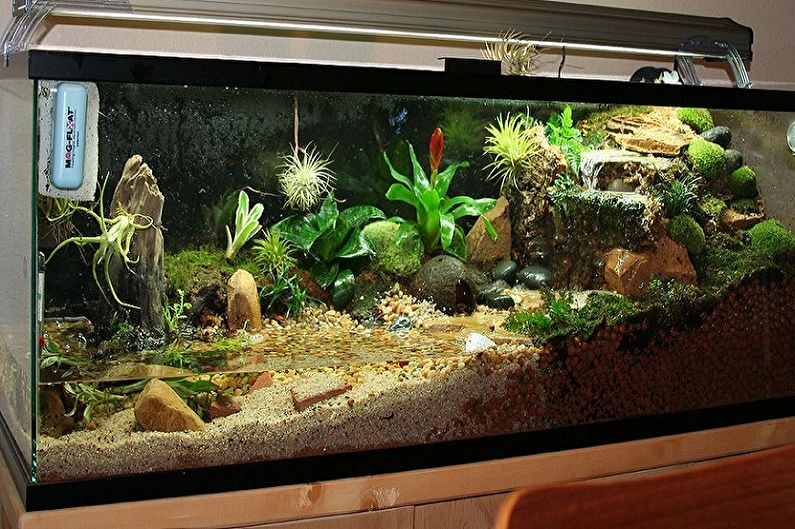
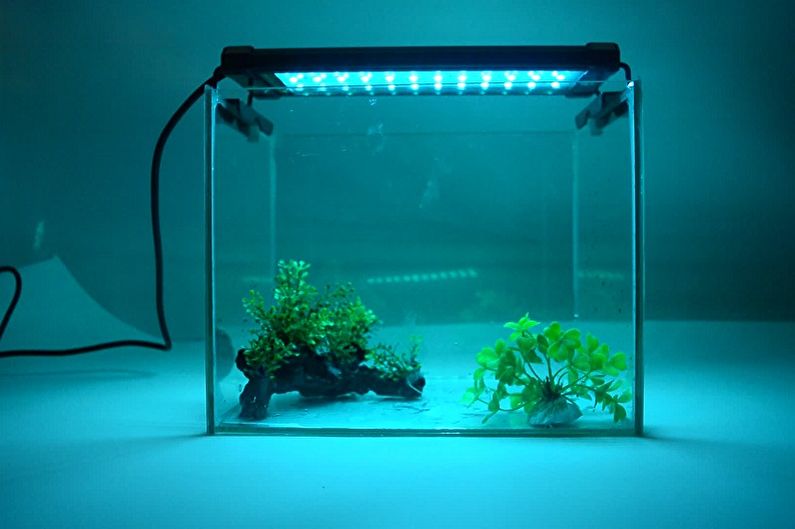
Metal halide lamps
This light source is considered one of the most effective for plant growth, because it is as close as possible (80–95%) to daylight sunlight. In addition, such devices are able to change the flow and shade of light, which makes them universal for growing any type of plant.
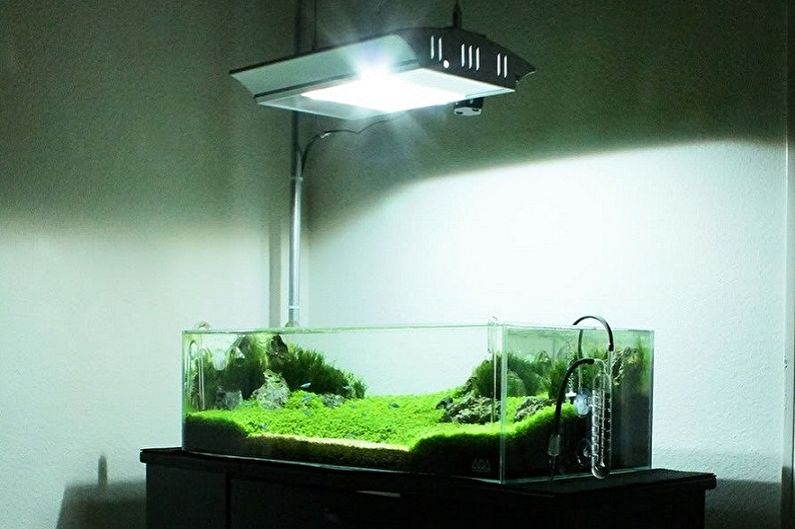
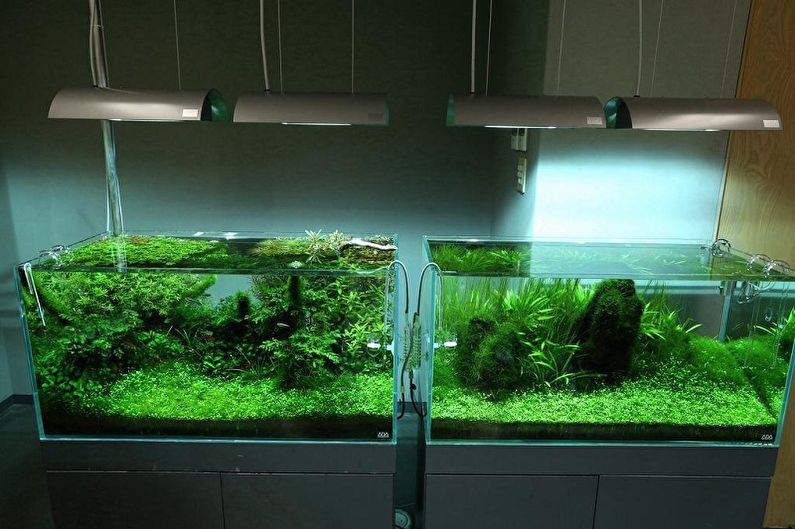
How to choose the right lamp
Before installing lighting products for your plants, check out simple tips from experts. This will help in the successful cultivation of beautiful and healthy plants. The main points worth paying attention to are the following:
1. The height of the lamps and leaves of plants. The minimum permissible distance between them is 15–17 cm (in the case of flowers that love light) and 50 cm (in the case of shade-loving plants). Therefore, it is worth paying attention to the size of the lighting device and the possibility of its adjustment.
2. The light. It should be uniform. If the lamp works in only one direction, some parts of the plants will not look very attractive.
3. If there is no light bulb that fits your individual criteria, try to create a combination of lighting using daylight and fitolamps.
4. Before buying a lighting device, be sure to read about the individual characteristics of your plants. Some develop better when using a blue filter, and some grow well with red ultraviolet light.
5. Pay attention to lamp cooling. This is a prerequisite that will protect the flowers from burns.
6. For growing plants on the window, it is not necessary to use bulky types of lamps. Compact phytolamps or energy-saving products will suffice.
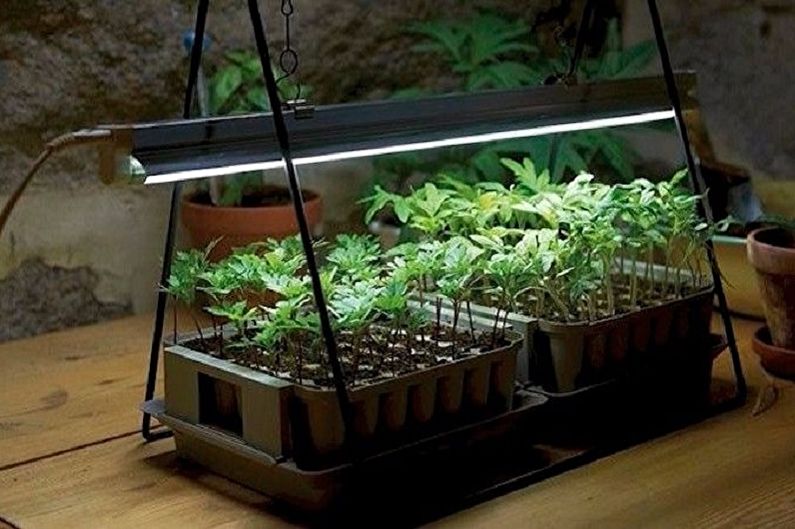

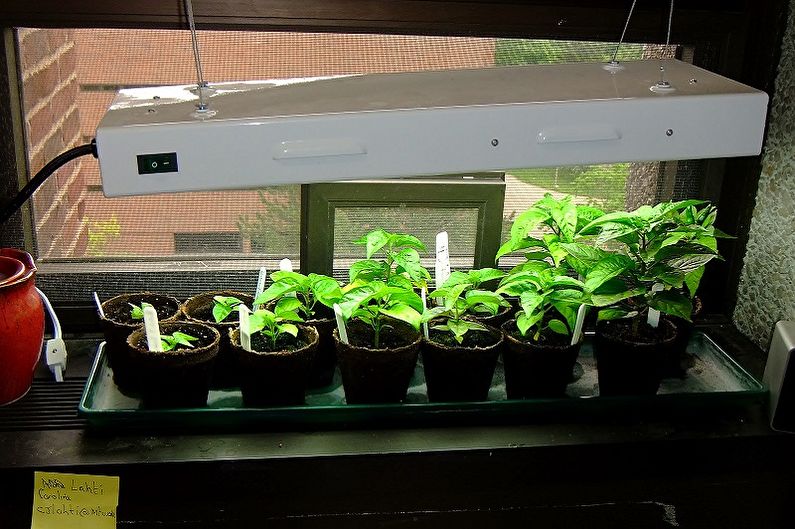
Lamps for plants - photo
A further collection of shots shows various types of plant lamps. Here you can learn a lot more about how to use them at home and in greenhouse conditions. Also shown are examples of a plant for growing seedlings and lighting beautiful phyto walls. Enjoy watching!
